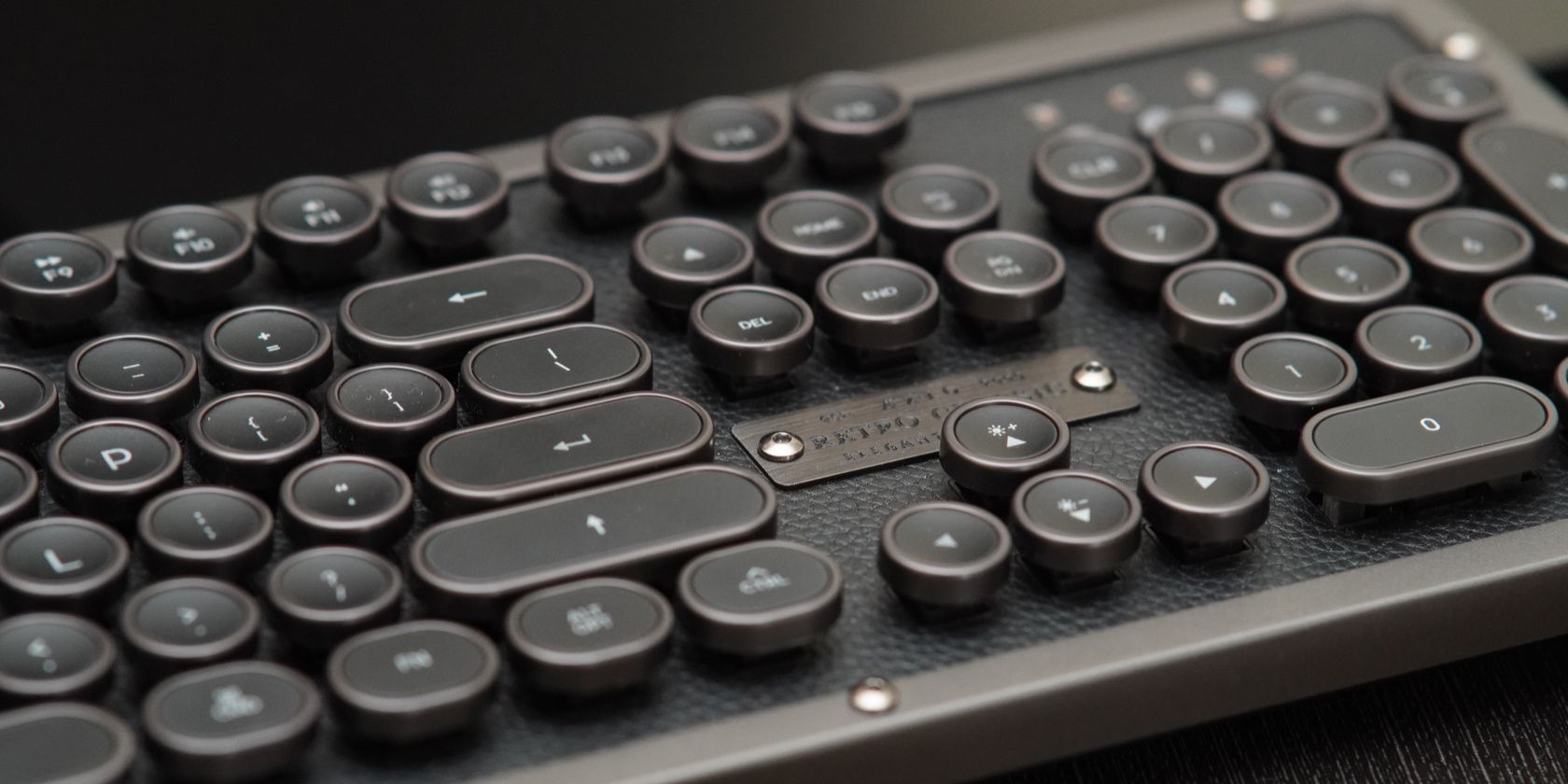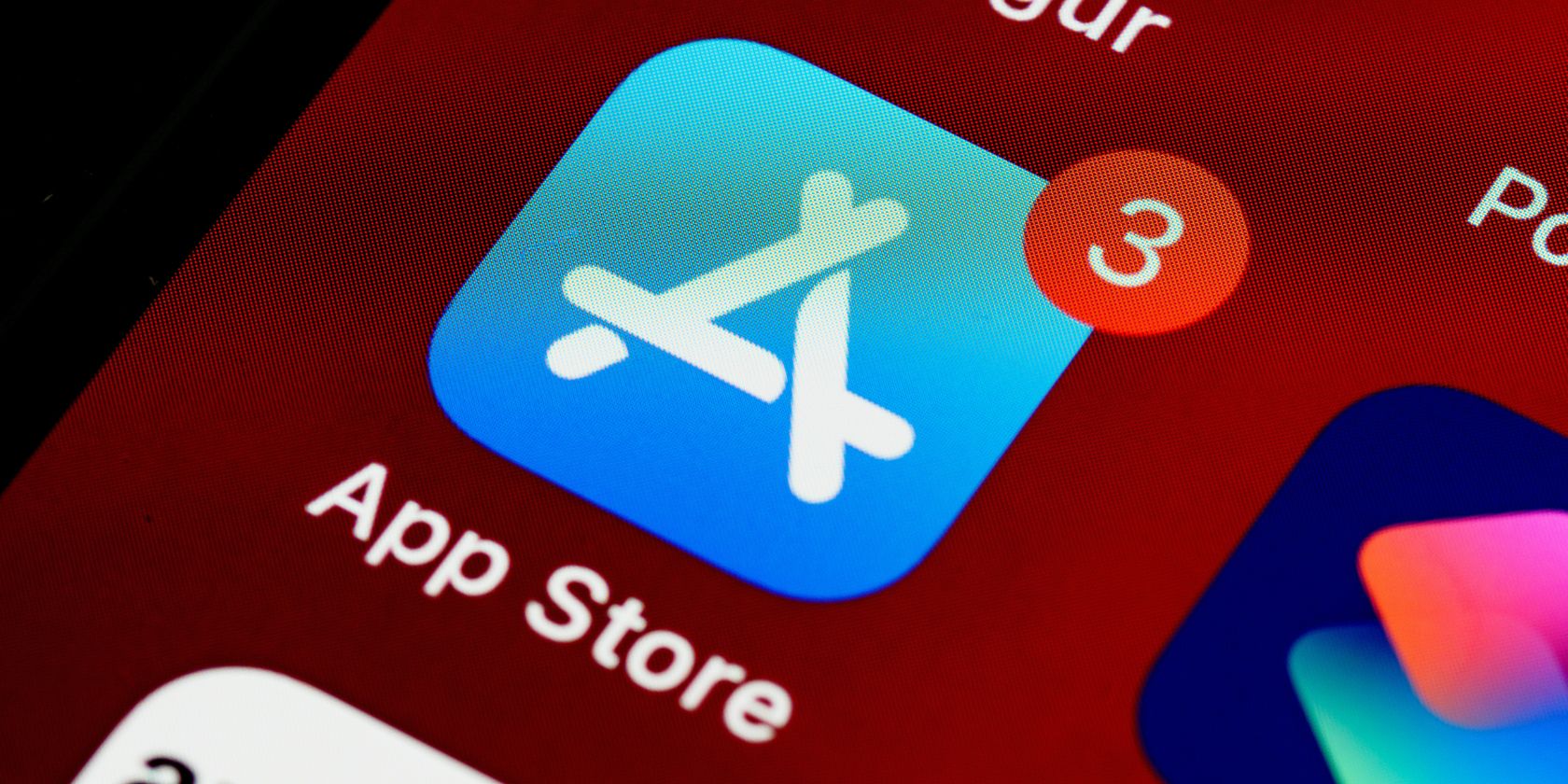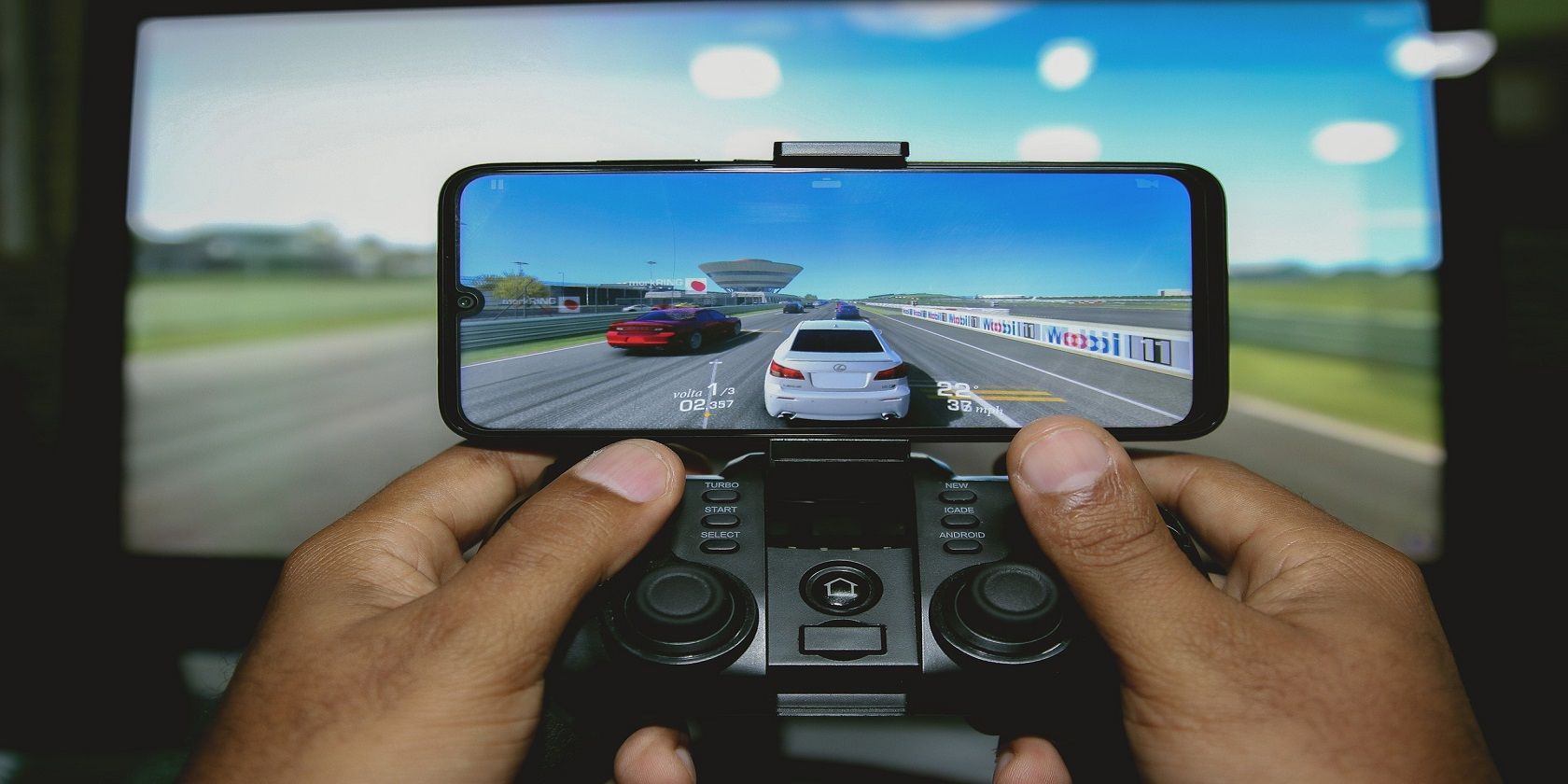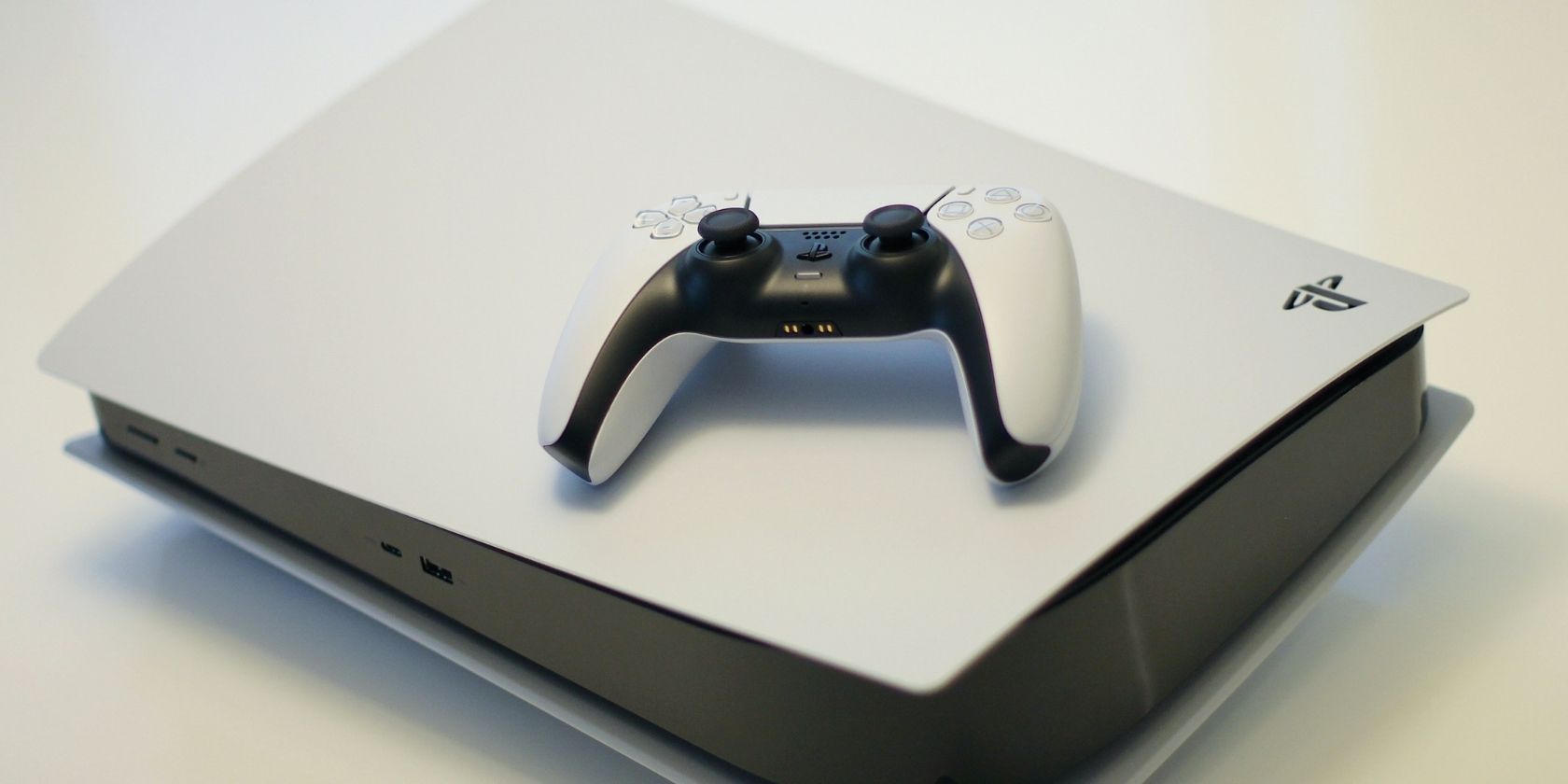
The Dark Side of Handheld Gaming

The Dark Side of Handheld Gaming
There’s a lot of talk in the tech industry about how mobile gaming is the future. And yet, the games that make the top charts on app stores don’t really help inspire much confidence in that future. At best, we get games that are good enough to play for a couple of minutes, but never to immerse ourselves deeply in the story or gameplay.
But why is that? Why does mobile gaming still feel so underwhelming? Given all this bleeding-edge innovation in smartphone hardware and software, you’d expect mobile gaming to catch up, right? Well, the problem is unfortunately way more nuanced than that. Here are seven problems with mobile gaming we are yet to solve.
1. Paid Mobile Games Don’t Sell Well
One big difference between console gaming and mobile gaming is their business model. While the former comes with an up-front cost, the freemium model dominates the latter.
According to aStatista report , only about three percent of all mobile games on the Google Play Store carry a fee. Similar is the case with the Apple App Store.

People just don’t like to pay for mobile games, and the rare ones that actually do, pay mostly via in-app purchases and microtransactions. So, it forces game developers to either conform to that model or stick with console gaming.
Now, we’re not saying the freemium model isn’t profitable. In fact, according toBusiness Insider , PUBG Mobile earned nearly $254 million in player spending in November 2021 alone.
But the problem with the freemium model is that it’s not suitable for making big-budget console-level games. It’s too risky for developers to invest so much time and money creating a high-end mobile game, in the vain hope that people might pay for it later… after playing it for free.
2. App Store Algorithms Only Favor Top Charts
We can place part of the blame for mobile gaming being so lacking on how app stores organize their directories. To give you some perspective, according to anotherStatista report there are roughly 2.6 million apps on the Google Play Store and almost 2 million apps on the Apple App Store.
A furtherStatista report states that between 11-13.5% of these apps are games, with the Google Play Store alone carrying 477,877 active game titles in December 2021.

This means if you’re a game developer—especially a new one—the chances of your game succeeding are very low. Forget standing out from the sea of apps. It’s a miracle if you even get discovered. And app stores do little to help new developers get seen.
When searching for an app, most people just pick one from the items at the top of the list. And because of this, winners keep winning and losers keep losing.
There is no real incentive for app stores to support developers other than the ones who are earning them the most revenue. This discourages new developers from taking on the risk of creating better mobile games.
3. Low Consumer Expectations
On some level, we the users are also responsible for mobile gaming having a bad image. Unless you’ve never been on Reddit, you know that people often criticize mobile gaming for not being “real gaming” due to reasons that are too obvious to ignore.
Gamers don’t even expect mobile games to be good, so it does not surprise them when the games turn out to be bad.

Mobile gaming is seen as an expendable source of entertainment—something that you can trade away easily for something else. So naturally, users don’t bother complaining when a mobile game is bad. In other words, there is no real feedback mechanism.
Most people simply uninstall an app if they don’t like it and install another one, hoping it won’t be as much of a disappointment. This is not the case with PC or console gaming.
The gaming community is very sensitive to the hobby and actively seeks out improvements and bug fixes, and makes its suggestions heard so that developers can create better games.
As cruel as some negative reviews can be, they are helpful for spotting errors. For mobile games, that level of passion and commitment simply doesn’t exist.
4. Poor Touchscreen Controls

Unless you buy a dedicated gaming phone with shoulder buttons (such as theBlack Shark 4 we reviewed ), regular smartphones simply can’t compete with the likes of a console controller. All the controls of a mobile game have to be crammed inside the very limited screen estate of the device.
Given this limitation, those controls often end up being either painfully small or so big that they interrupt gameplay—leading to a poor gaming experience. To counter this, devs have to spend additional resources coming up with new ways to make the controls feel seamless.
5. Lack of Storage to Dedicate to Games
Unlike consoles, smartphones don’t just store games but also photos, videos, songs, movies, documents, apps, and more. So naturally, storage space is often an issue. Now, to be fair, we’ve already seen smartphones with 1TB of storage space, so this isn’t as big a problem as the issues above.
However, because a higher storage space also means a higher price, the only phones that can take advantage of this are flagships. And since most smartphones sales aren’t flagships but budget and mid-range phones, the advantage of higher storage space becomes redundant.
6. Lack of Standardized Platforms

Unlike standardized consoles such as PlayStation and Xbox, smartphones come in all shapes, sizes, and configurations. This is true even more so for Android phones than iPhones.
Since there are fewer variants of iPhones in the world, they are more standardized and easier to develop apps for. That’s why developers often release apps and updates on iOS first.
Since smartphones are so distinct from one another (thanks to so many competitors), it’s too large an undertaking to have developers optimize their games according to each device.
So, this leaves them with only two options; either create poor games that everyone can download or create good games that only a few can download. It seems the former gets the upper hand in boardroom meetings.
7. Frequent In-Game Ads

Aside from microtransactions, mobile game developers also rely on in-game ads to earn money. This allows them to keep the game running and introduce new features such as maps, weapons, outfits, and other similar in-game items.
However, as a gamer, it really sucks to have to watch an ad every single time after completing a race, finishing a match, or opening a loot box. On top of that, these ads can sometimes be irrelevant and inappropriate, and there’s no way to tweak them either.
Granted, watching in-game ads is a good way tosupport mobile game developers without buying in-game items , but their frequency matters a lot especially if you’re planning to play that game for a long time.
Mobile Gaming Could Be So Much More
Mobile gaming has so much potential, and yet, we’re exploiting so little of it. Compared to all the other advancements in the tech world, it’s surprising how far behind mobile gaming still is when put side-by-side with console gaming.
Out of all companies, Apple has the most to gain if mobile gaming booms given its obvious advantage over Android. And yet, low-immersion games like Candy Crush and Temple Run dominate the app stores. Many still treat mobile gaming as merely a way to pass time, not as an acclaimed hobby or profession.
Also read:
- [New] 2024 Approved Best in Business 4K Cameras Our Leading Choices (18)
- [New] Bringing Dimensions to Life The #1 List of PC's Top VR 360 Players for 2024
- [New] In 2024, Best MP4 Reviews – Essential Guidebook
- [Updated] 2024 Approved Exclusive Access to Facebook Beats
- [Updated] Clear Sound Conference Experience via Skype
- [Updated] In 2024, Ultimate Guide to Quality Captures
- 2024'S Leading DDR5 Motherboards Unveiled
- 2024'S Most Stylish and Functional Switch Accessories
- A Guide on Selecting a Portable Games System that Suits You Best
- Accessible Xbox Game Pass Playthroughs Using GlosSI & Steam
- Addressing Order Problems Quickly on Steam
- AMD Introduces FSR 3: Potential Contender or NVIDIA's Loss Leader?
- Behind the Scenes of Twitch: Live Broadcast Fundamentals
- How Does the Echo Pop Stand Out From the Echo Dot?
- In 2024, Unveil Top 10+ Platforms for Virtual Worship Spaces
- Mac Audio Lab A Comprehensive Guide for 2024
- Top 3 Nintendo Switch: Multi-Streamer Options
- Title: The Dark Side of Handheld Gaming
- Author: William
- Created at : 2025-01-14 16:33:48
- Updated at : 2025-01-16 21:35:02
- Link: https://games-able.techidaily.com/the-dark-side-of-handheld-gaming/
- License: This work is licensed under CC BY-NC-SA 4.0.